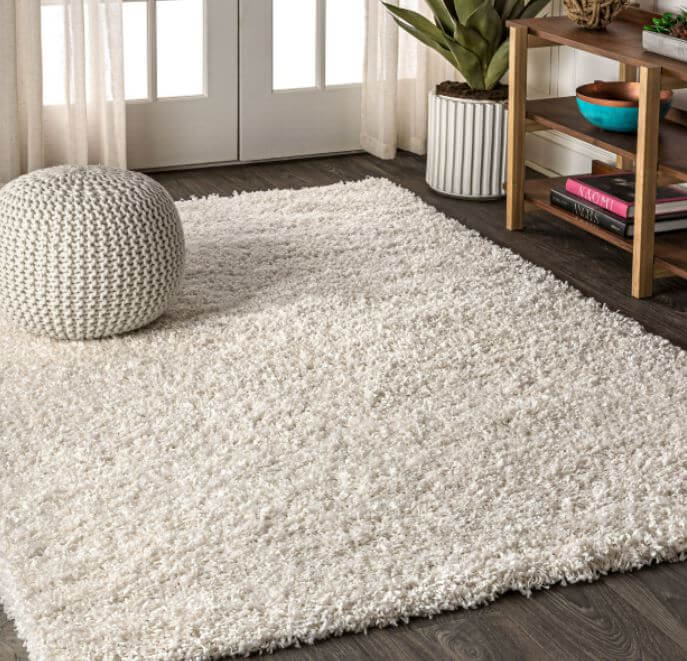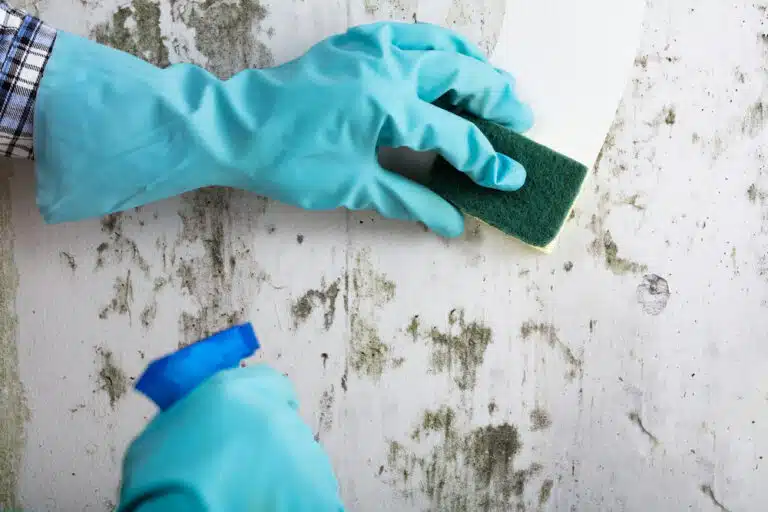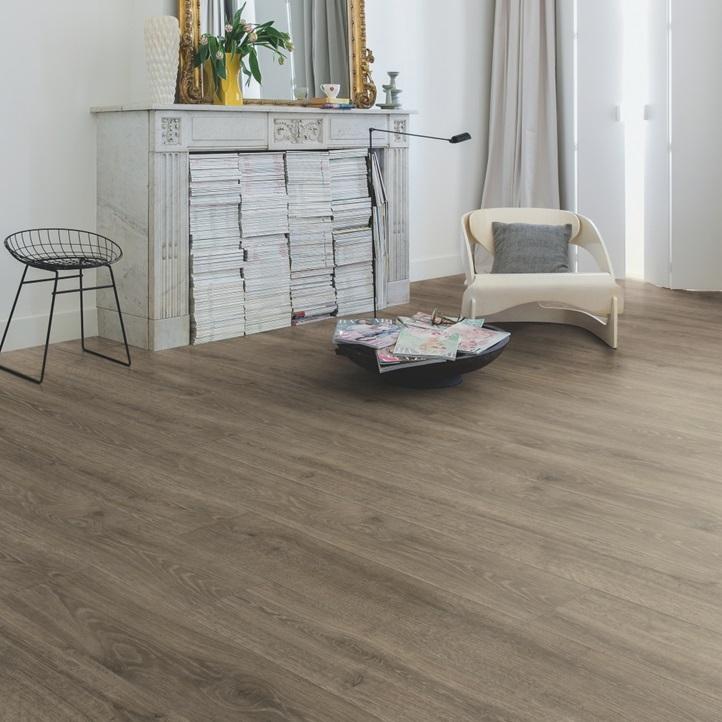The flooring in our homes and businesses plays a fundamental role in creating the overall ambiance of our spaces. Over time, however, even the best flooring materials will inevitably show signs of wear and tear. When this happens, homeowners and business owners are faced with a dilemma: should they restore their existing flooring or replace it entirely?
To make an informed decision, it’s essential to weigh the pros and cons of each option. Let’s dive in.
Restoration: Breathing Life Back into Your Existing Floor
Advantages of Restoration:
- Cost-Effective: Restoration is often cheaper than a full replacement. If you’re working on a tight budget but still want to improve the appearance of your flooring, restoration can be an excellent choice.
- Preservation of Character: For older homes or historical buildings, restoring the original flooring can maintain the building’s character and charm.
- Environmental Benefits: Restoration uses fewer resources than a full replacement, making it a more eco-friendly choice.
Disadvantages of Restoration:
- Limited Lifespan: While restoring can add years to your flooring’s life, it won’t last as long as a brand new floor.
- Not Always Possible: Some damages, like deep water damage or structural issues, may be beyond repair.
Replacement: A Fresh Start for Your Space
Advantages of Replacement:
- Longevity: Installing new flooring means starting from scratch. With proper care and maintenance, new floors can last for decades.
- Modern Options: Flooring technology and design have come a long way. Replacing your floors gives you access to newer materials and designs.
- Increase Property Value: New floors can significantly increase the value of your property, making it a good long-term investment.
Disadvantages of Replacement:
- Higher Costs: Replacing flooring can be costly, especially if you opt for high-end materials.
- Time-Consuming: The process of removing the old floor and installing a new one can be lengthy, causing disruptions.
- Environmental Impact: Producing new flooring materials and disposing of the old ones can have a larger carbon footprint than restoration.
Making the Right Choice
To determine the best option for your specific situation, consider the following:
- Extent of Damage: If the damage is superficial, such as minor scratches or fading, restoration might suffice. For severe damages, replacement might be the only viable option.
- Budget: Have a clear understanding of your budget. If funds are limited, restoration might be the best short-term solution.
- Long-Term Plans: If you plan on selling your property soon, new flooring might be a selling point. If you plan on staying for a long time, think about which option will bring you the most satisfaction in the long run.
- Historical Value: If your flooring has historical significance, restoration might be preferred to maintain the original character of the space.
In conclusion, the decision between restoration and replacement depends on various factors, including budget, damage extent, and personal preferences. By weighing the pros and cons of each option and considering your unique situation, you can make an informed decision that will best suit your needs and enhance the beauty of your space.
This post was written by a professional at CarpetMax. CarpetMax is a top rated Carpet Cleaning Odessa TX and carpet cleaning service. We provide professional carpet cleaning for every type of home and office. Our services also include tile and grout cleaning, upholstery cleaning, area rug cleaning, water damage restoration. Contact us to learn more today!



